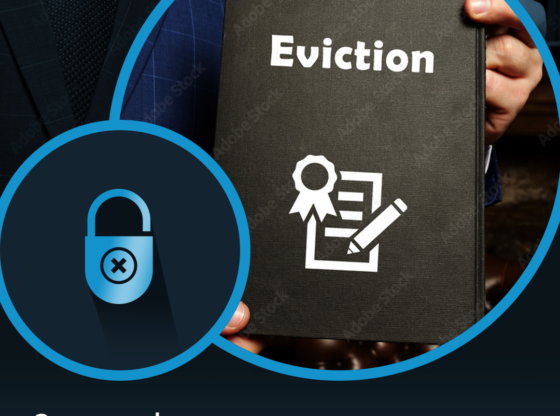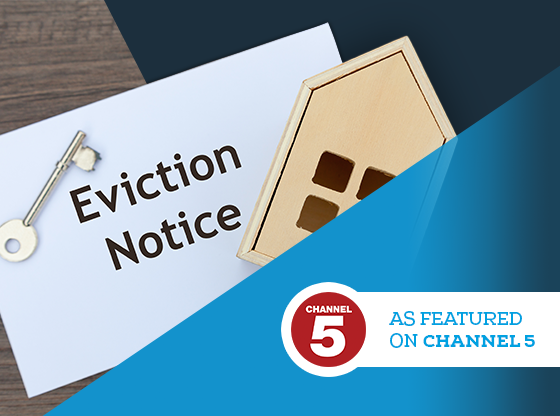What is prescribed information?
The Prescribed Information refers to information that is required to be given to a tenant, and anyone who pays a tenancy deposit in relation to an assured shorthold tenancy.
The Housing Act 2004 sets out that where a tenancy deposit is paid, the landlord must:
- Secure the tenancy deposit with a government authorised tenancy deposit scheme within days of the tenancy deposit being paid, and
- Provide the prescribed information to the tenant and any other person that may have paid the tenancy deposit within 30 days of the tenancy deposit having been paid.
Tenancy deposit schemes do not send tenants, or third parties, the prescribed information for landlords, this is something that landlord are required to do. Most letting agents will do this on a landlord’s behalf depending on the level of service the letting agent provides.
Many landlords are uncertain as to what the prescribed information actually is. Landlords often question this when they wish to serve the tenant with a Section 21 Notice. This is because to serve a valid Section 21 Notice, the tenancy deposit scheme requirements must have been complied with.
Some landlords also seek advice on what the prescribed information is after receiving a letter of claim for failing to comply with the tenancy deposit scheme requirements claiming. This is because a tenant can seek a payment from the landlord for failing to comply with the tenancy deposit scheme requirements (read more on this here).
The Housing Act 2004 sets out the a Statutory Instrument would set out what the prescribed information is, and that is The Housing (Tenancy Deposits) (Prescribed Information) Order 2007.
The Content of the Prescribed Information
This Order sets out that the prescribed information must contain the following:
- the name, address, telephone number, e-mail address and any fax number of the scheme administrator of the authorised tenancy deposit scheme applying to the deposit;
- any information contained in a leaflet supplied by the scheme administrator to the landlord which explains the operation of the provisions contained in sections 212 to 215 of, and Schedule 10 to, the Act;
- the procedures that apply under the scheme by which an amount in respect of a deposit may be paid or repaid to the tenant at the end of the shorthold tenancy (“the tenancy”);
- the procedures that apply under the scheme where either the landlord or the tenant is not contactable at the end of the tenancy;
- the procedures that apply under the scheme where the landlord and the tenant dispute the amount to be paid or repaid to the tenant in respect of the deposit;
- the facilities available under the scheme for enabling a dispute relating to the deposit to be resolved without recourse to litigation; and
- the following information in connection with the tenancy in respect of which the deposit has been paid—
- the amount of the deposit paid;
- the address of the property to which the tenancy relates;
- the name, address, telephone number, and any e-mail address or fax number of the landlord
- the name, address, telephone number, and any e-mail address or fax number of the tenant, including such details that should be used by the landlord or scheme administrator for the purpose of contacting the tenant at the end of the tenancy;
- the name, address, telephone number and any e-mail address or fax number of any relevant person;
- the circumstances when all or part of the deposit may be retained by the landlord, by reference to the terms of the tenancy; and
- confirmation (in the form of a certificate signed by the landlord) that:
- the information he provides under this sub-paragraph is accurate to the best of his knowledge and belief; and
- he has given the tenant the opportunity to sign any document containing the information provided by the landlord under this article by way of confirmation that the information is accurate to the best of his knowledge and belief.
Where the prescribed information was not provided to the tenant, and any third party that paid the tenancy deposit, within 30 days of the tenancy deposit being paid, the landlord cannot serve a section 21 notice.
The only way to restrict this would be to return the tenancy deposit to the tenant or third party that paid it. The alternative would be for both the landlord and tenant to agree in writing that the tenancy deposit will be used in full towards any outstanding rent arrears, or for the next rent payment due (any for any remaining deposit balance to be returned).
The further consequence for failing to serve the prescribed information on the tenant and any third party (if applicable) is that the tenant could claim 1-3 times the value of the tenancy deposit from the landlord for the breach. A tenant can make such application to the County Court under s.214 of the Housing Act 2004.
This guidance applies to England only. For Wales, you can read our article covering the tenancy deposit schemes in Wales here.










